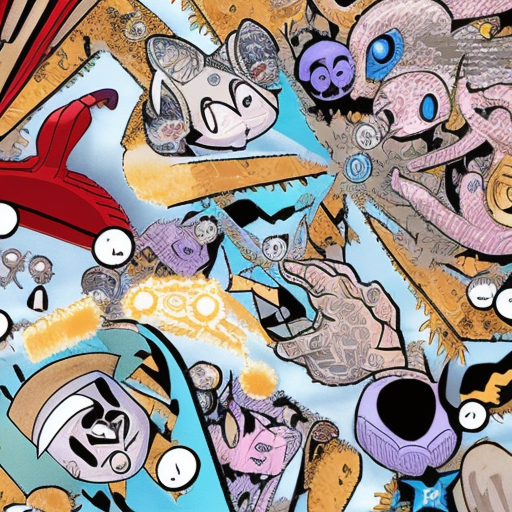Summary: Web comics are a form of digital comics that are published on the internet. They have gained popularity in recent years due to their accessibility, diverse content, and ability to reach a global audience. Web comics cover a wide range of genres and styles, from humor and slice-of-life to fantasy and science fiction. They often provide a platform for independent creators to showcase their work and build a dedicated fanbase. With the rise of social media and digital platforms, web comics have become an integral part of the online art and culture scene.
History of Web Comics
Web comics emerged in the late 1990s and early 2000s as the internet became more accessible to the general public. The first web comic, “The Adventures of Dr. McNinja,” was created by Chris Hastings in 2004. It paved the way for other artists to experiment with the medium and publish their work online. As technology advanced and online platforms became more user-friendly, web comics gained traction and began to attract a larger audience.
Characteristics of Web Comics
Web comics have several distinguishing features that set them apart from traditional print comics. Firstly, they are primarily published online, allowing readers to access them from anywhere with an internet connection. This accessibility has contributed to their growing popularity. Secondly, web comics often have a unique visual style, with artists utilizing digital tools to create vibrant and dynamic illustrations. Additionally, web comics are often serialized, with new installments released regularly, keeping readers engaged and coming back for more.
Diverse Content and Genres
Web comics cover a wide range of genres and themes, catering to diverse audiences. Some web comics focus on humor and satire, while others delve into more serious topics such as mental health, social issues, and personal experiences. Many web comics also explore fantasy and science fiction worlds, offering readers an escape into imaginative realms. The variety of content available in web comics ensures that there is something for everyone.
Independent Creators and Platforms
One of the key advantages of web comics is that they provide a platform for independent creators to showcase their work. Unlike traditional publishing, web comics allow artists to have complete creative control over their content and reach a global audience without the need for a middleman. Artists can monetize their work through various means, such as merchandise sales, crowdfunding, and advertising. Popular web comic platforms such as Webtoon, Tapas, and Line Manga have emerged, providing creators with a dedicated space to publish and promote their comics.
Impact and Influence
Web comics have had a significant impact on the art and culture scene. They have democratized the comic industry, allowing aspiring artists to gain recognition and build a fanbase without the need for traditional gatekeepers. Web comics have also influenced mainstream media, with several popular web comics being adapted into animated series, movies, and even traditional print publications. The accessibility and global reach of web comics have helped to diversify the comic industry and bring new voices and perspectives to the forefront.
In conclusion, web comics have become a prominent form of digital art and storytelling, offering a diverse range of content and reaching a global audience. They have revolutionized the comic industry by providing a platform for independent creators and challenging the dominance of traditional publishing. With their unique visual styles and serialized format, web comics continue to captivate readers and shape the art and culture landscape in the digital age.












